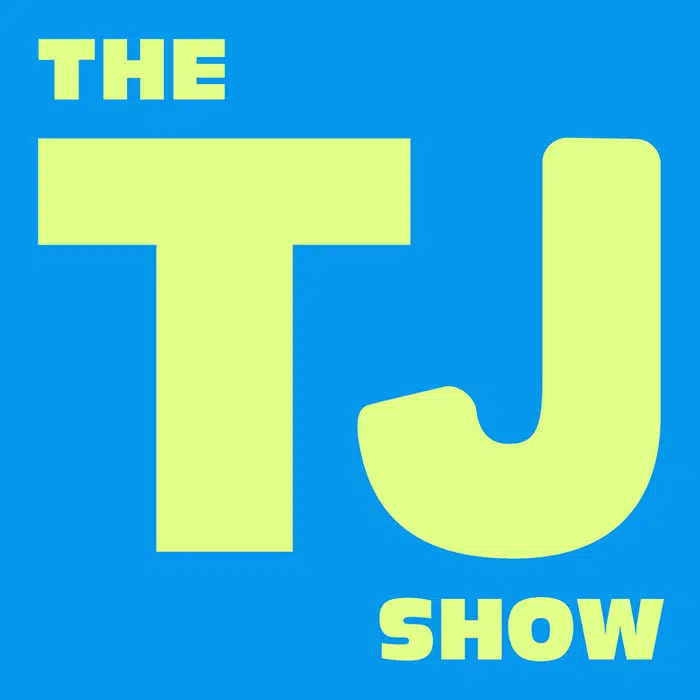AMSTERDAM (Reuters) -Dutch far-right leader Geert Wilders triggered a government crisis in the Netherlands on Tuesday by pulling his nationalist PVV party out of the right-wing government coalition.
Here’s a look at what scenarios could follow:
NEW ELECTIONS
Prime Minister Dick Schoof is likely to resign following Wilders’ unexpected move, which has left the coalition with only 51 seats in the 150-seat Lower House of parliament.
He is then expected to call for a new election, which is unlikely to be held before mid-October based on previous election cycles.
Wilders’ PVV won the last election in November 2023 with a surprisingly wide margin of 23% of the vote. Polls indicate he has lost some support since then, to about 20% of the vote, at par with the Labour/Green combination, the second-largest in parliament.
Political preferences in the Netherlands have shifted rapidly in recent years, making it almost impossible to predict the outcome of an election in October.
Wilders did not emerge as a likely winner of the previous election until a few days before that vote, and other right-wing parties that enjoyed sudden success in recent years have seen their gains disappear as quickly as they came.
MINORITY GOVERNMENT
Schoof has the option to proceed with the ministers of the other three coalition parties as a minority government. This scenario is highly unlikely, as almost all opposition parties have said they prefer fresh elections over trying to cooperate with what is left of the right-wing government.
The coalition already lacked a majority in the country’s Senate, which has the power to block legislation that is adopted in the Lower House.
INTERIM GOVERNMENT
Another scenario, also unlikely, would be for other parties to formally join the remaining coalition, with their own ministers replacing PVV cabinet members. But no party has indicated any appetite to do this.
(Reporting by Bart Meijer; Editing by Bernadette Baum)






Comments